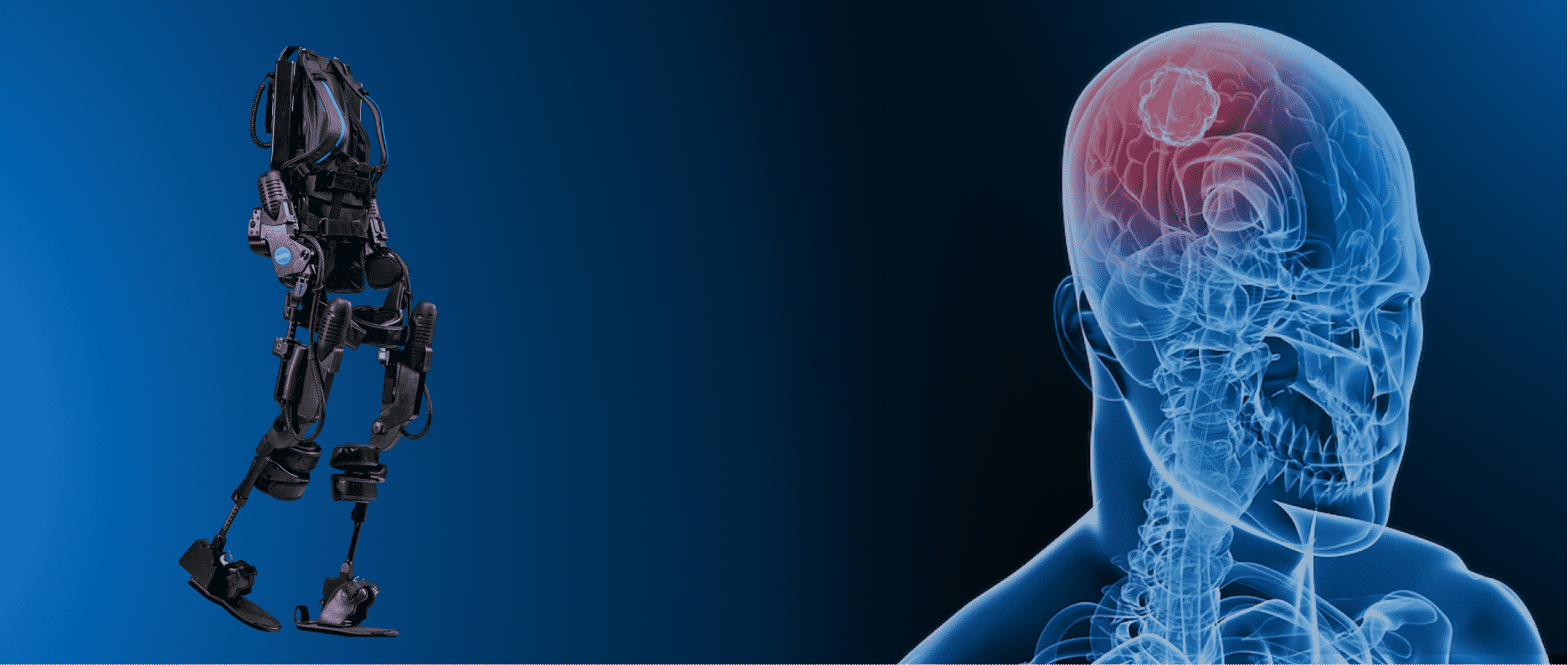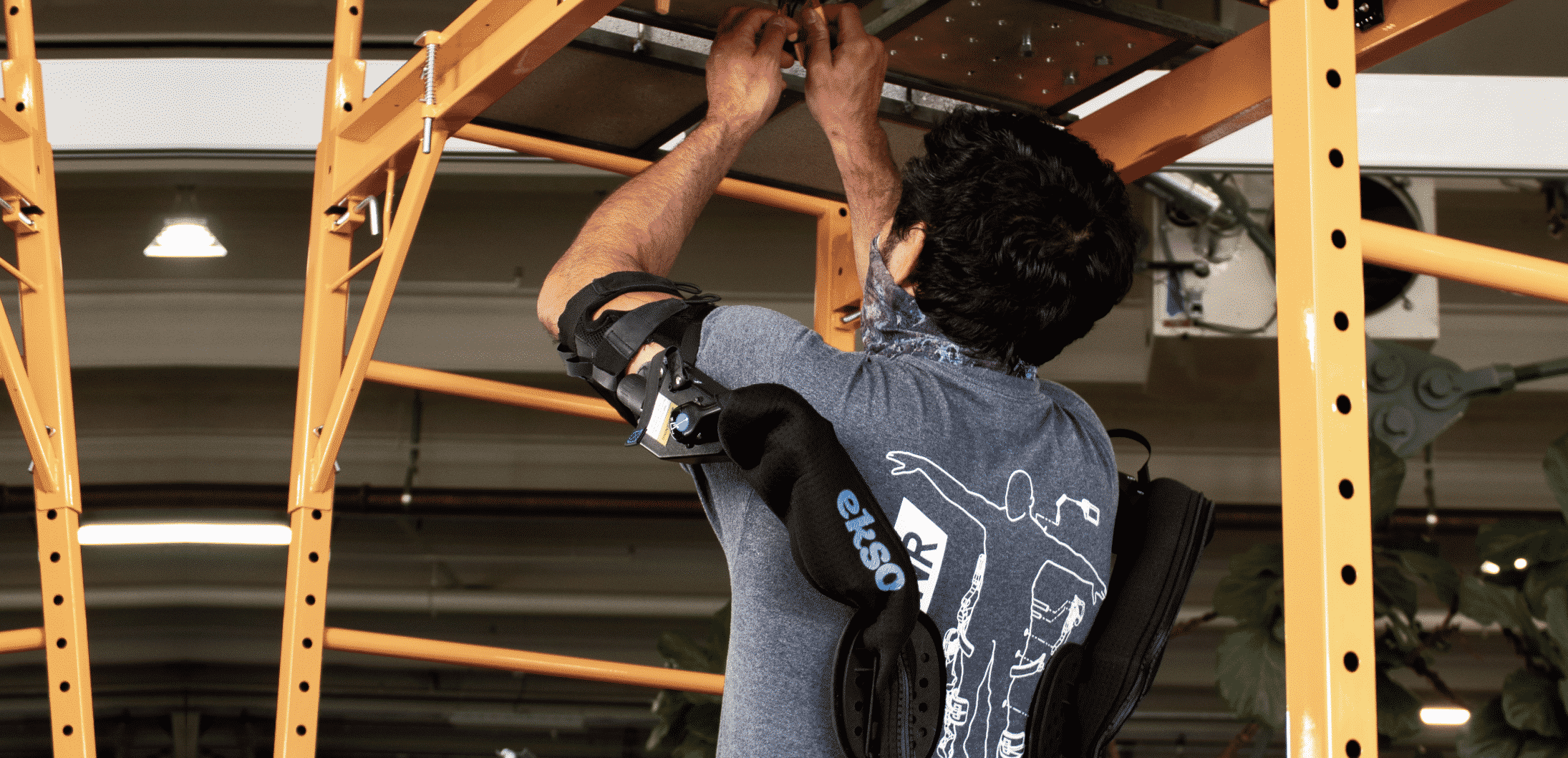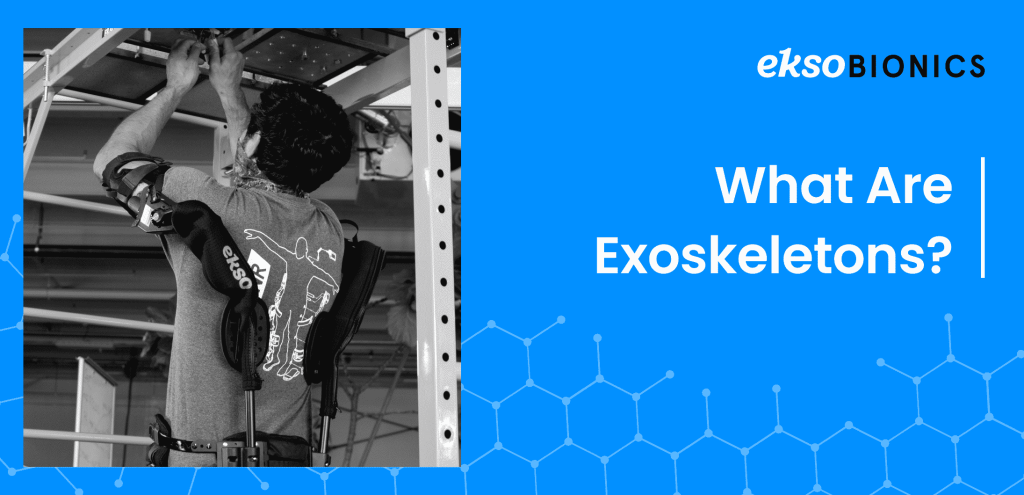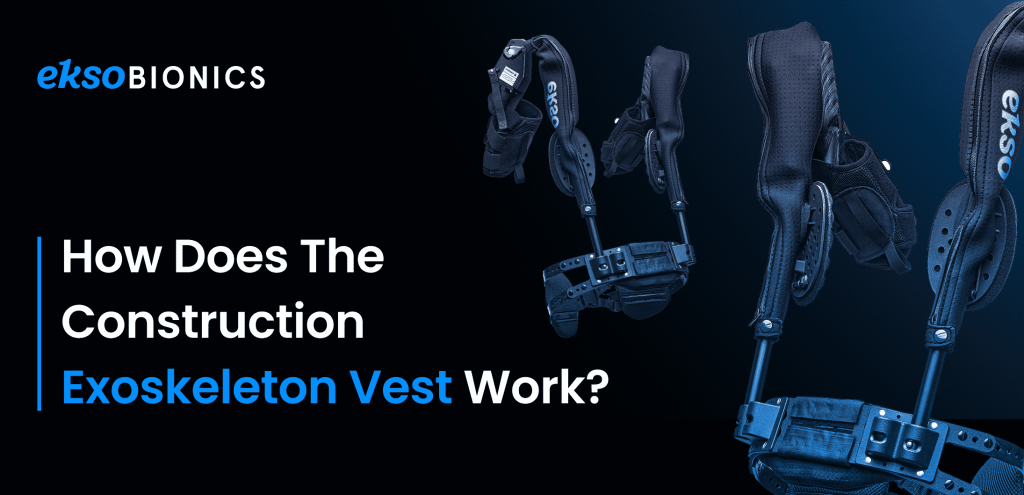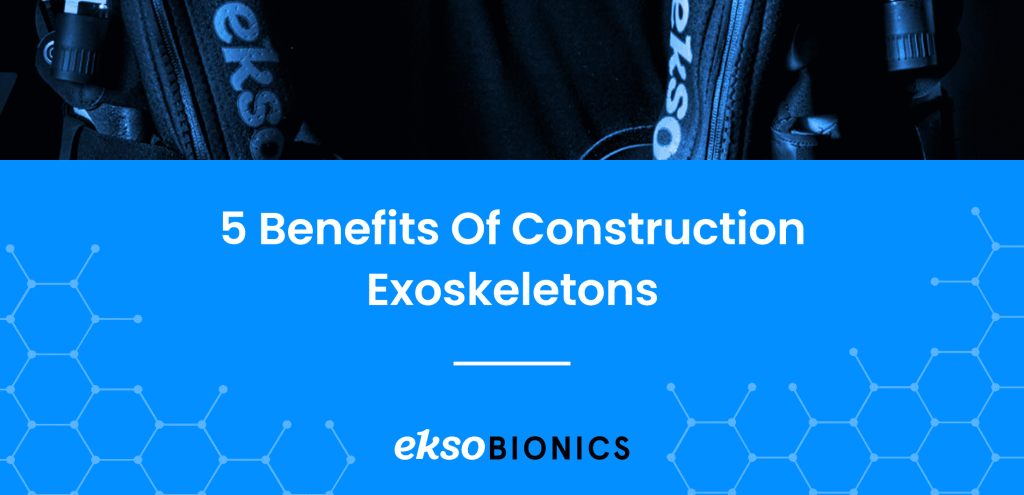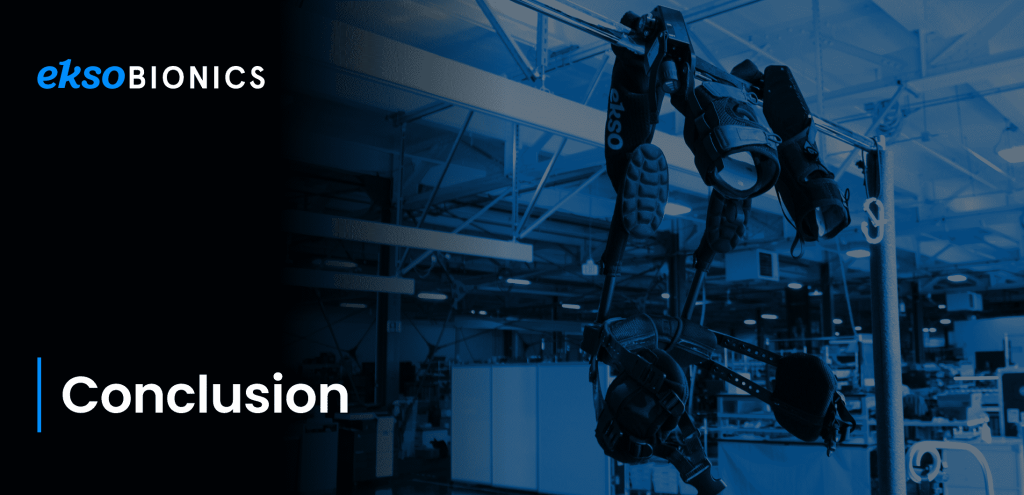Acquired brain injuries (ABI) are more common than we’d like to imagine. According to the Brain Injury Association of America (1), brain injury is a leading cause of death and disability in the U.S., with at least 2.8 million Americans sustaining a traumatic brain injury each year. In the U.K. (2), approximately 348,453 ABI patients were admitted to the hospital in 2017, which translates to one person every 90 seconds. These statistics are not limited to the U.S. and U.K.; a similar pattern is observable in other parts of the world. Despite the bleak outlook from these statistics, modern medical exoskeletons offer hope and an opportunity for recovery from brain injury patients who’ve lost their mobility.
This article investigates the causes, types, and effects of brain injuries. It also looks into the various treatments available with a special focus on medical exoskeletons and how they are improving mobility rehabilitation in ABI patients.
What Is An Acquired Brain Injury?

The Brain Injury Association of America describes an acquired brain injury (ABI) (3) as any injury to the brain that occurs after birth and affects the brain’s physical integrity, functionality, and metabolic activity. In other words, the term ABI is used as an umbrella term for all brain injuries. An acquired brain injury can occur in many different ways. It can be sudden, resulting from a blow to the head, stroke, infection, trauma, or lack of oxygen. It can also result from a long-term process such as degenerative disease, prolonged drug abuse, or a growing tumor. An ABI may lead to cognitive, sensory, physical, and behavioral changes like physical weakness, impaired vision, forgetfulness, mood swings, slurred speech, and impaired mobility.
Major causes of ABI include:
- Substance abuse – Psychoactive drugs (stimulants, depressants, and hallucinogens) can poison the brain, leading to impairment.
- Age-related and degenerative conditions – As we get older, we become more susceptible to degenerative brain conditions like Dementia and Parkinson’s disease, which increase the risk of developing a brain injury.
- Diseases – Such as meningitis, Alzheimer’s disease, brain abscess, multiple sclerosis, and cancer.
- Anoxia and Hypoxia – This is the lack of sufficient oxygen supply to the brain. It can result from strangulation, heart attack, or near-drowning.
- Concussion – This is caused by a blow to the head. It can occur in vehicle or sporting accidents, fights, or falls. It is the most common type of brain injury.
- Stroke – which happens when there is an interruption of blood supply to the brain. It can be caused by blocked or broken arteries, which in turn leads to damaged brain tissue.
Types and Effects of Acquired Brain Injuries
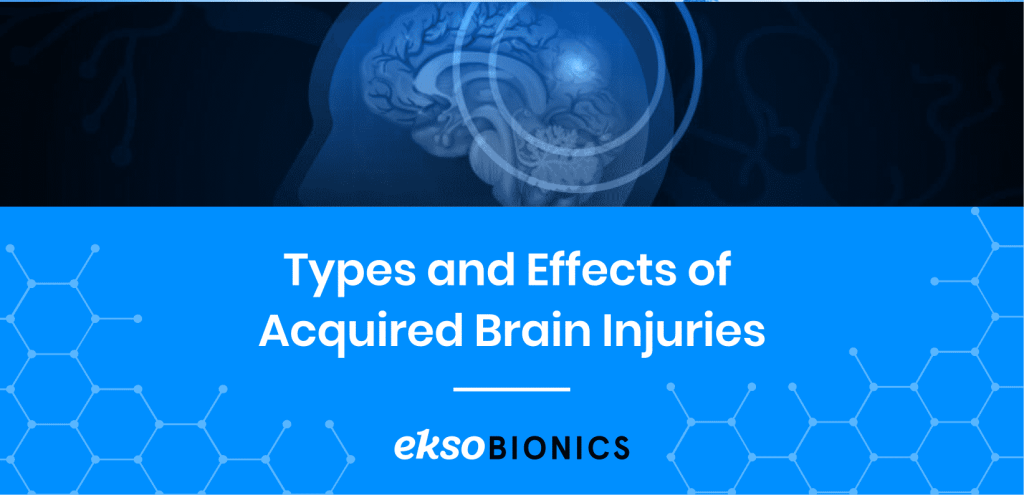
There are two types of acquired brain injuries: traumatic brain injury (TBI) and non-traumatic brain injury. A traumatic brain injury is any type of brain injury that is caused by an external force—for example, a blow to the head, car accident, or a fall. However, not all head injuries cause a TBI because you can sustain an external impact to the head that doesn’t alter the brain in any way. On the other hand, a non-traumatic brain injury is caused by internal factors like oxygen deprivation, tumors, substance abuse, and strokes. Non-traumatic brain injuries can be sudden, as in the case of a stroke, or can progress over time, as in the case of a degenerative brain disease.
Acquired brain injuries affect people differently based on the extent of damage sustained to the brain and the areas affected. For instance, one type of injury may affect a person’s mobility, while another may affect their speech or cognitive functions.
Here’s a detailed list of the effects of acquired brain damage (4):

Acquired Brain Injury Therapy
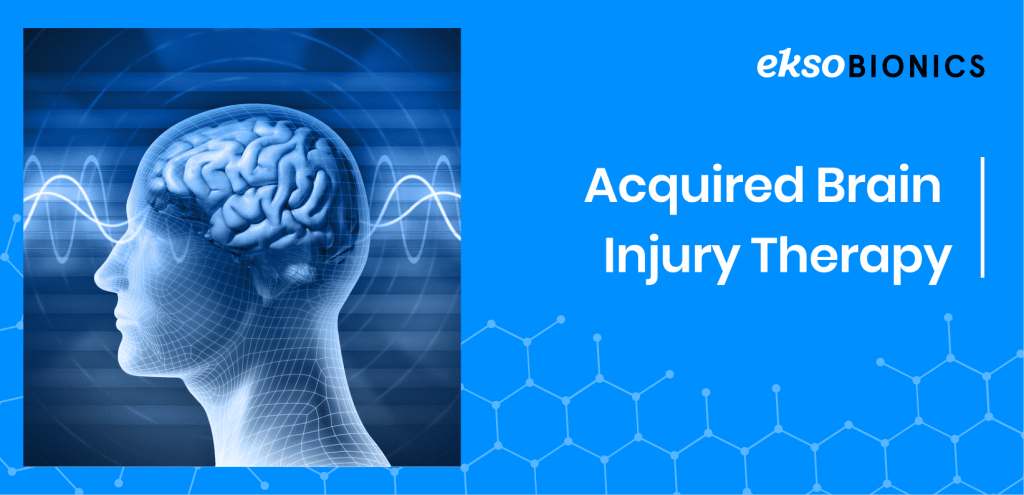
A wide range of treatments are available for people with an acquired brain injury ranging from surgery to speech therapy to cognitive therapy and physical therapy. Each treatment is dependent on the effects the patient is experiencing. Generally, all types of treatment are designed to help improve and recover affected functionalities, but recovery differs from person to person. It usually depends on the extent of brain damage, the general health of an individual, and the quality of treatment.
- Physical therapy: The main function of physical therapy is rebuilding mobility after sustaining an ABI. It focuses on areas like muscular strength, balance, coordination, and flexibility. It is normally conducted by a physiotherapist who is trained in physical mobility restoration. Physical therapy can also be aided by the use of a medical exoskeleton.
- Occupational therapy: Occupational therapy typically goes hand in hand with physical therapy. Occupational therapy is aimed at helping you relearn daily living activities like bathing, making your bed, dressing, etc. It is conducted by occupational therapists who are experts in training people how to regain independent functioning in daily activities.
- Cognitive-behavioral therapy (CBT): This addresses the cognitive and behavioral functions that might have been affected after sustaining an ABI. It is common for patients to experience stress, anxiety, depression, and panic attacks during recovery. CBT therapy helps them learn how to manage their emotions by teaching how to identify unhealthy thinking patterns and healthy emotion management techniques.
- Speech therapy: Speech therapy is a recommended treatment option for people with speech impediments like communication disorders and apraxia. Speech pathologists help patients regain their communication and language skills by taking them through speech recovery exercises.
Exoskeleton Benefits for Acquired Brain Injuries
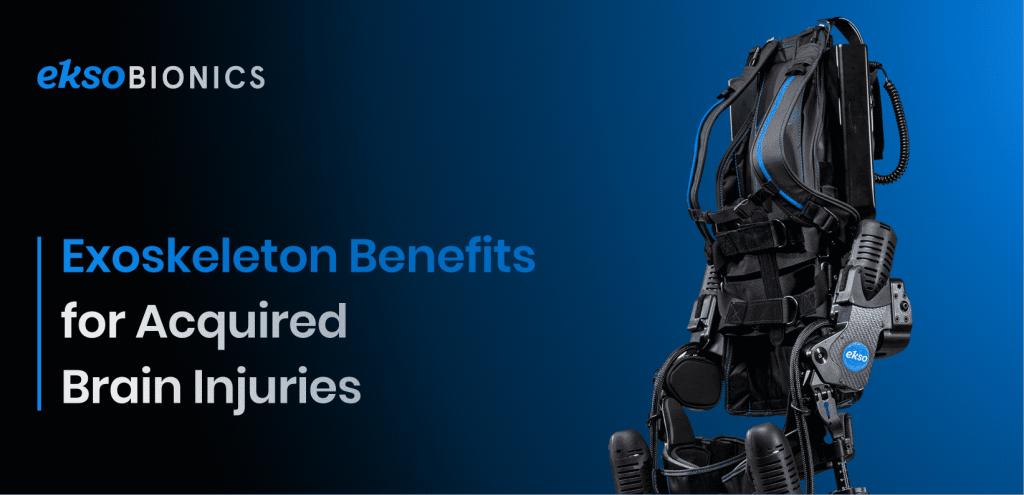
Medical exoskeletons have gained a lot of popularity in the medical field and are a great physical therapy treatment option. Instances of health-related applications (5) for exoskeletons include stroke, spinal cord injury, acquired and traumatic brain injury. They offer benefits like improved step quality, muscle strength, and postural balance, as discussed below.
- Improves Patients’ Orientation to Midline
The midline is an imaginary line that runs from the top of your head to the point between your feet. Proper midline orientation (6) means that your brain’s left and right hemispheres are working together and not in isolation. This helps with balance perception when walking and conducting other activities. However, some patients, who have sustained an ABI, may lack proper orientation due to their injury, which leads to reduced limb and motor control, and postural misalignment. Exoskeletons help match both sides of the body through kinesthetic and proprioceptive systems, leading to an improved orientation to the midline.
- Allows For Easier Weight Shifting
Proper weight shifting allows body weight to be evenly distributed on all limbs. However, this may be impossible for people diagnosed with an ABI. (7) This is where exoskeletons come in handy. Medical Exoskeletons offer posture and limb support (8) which helps patients bear their own weight properly for proper postural alignment and blood circulation within the limbs.
- Improves Stepping Quality
According to a 2020 study, (9) conducted on adolescents and young adults with acquired brain injury, gait training with exoskeletons is an effective physiotherapy treatment option that leads to improved motor function in patients. Many patients struggle with ambulation (movement), but with the help of medical exoskeletons, they can increase their neurological recovery through movement. Dr. Karunakaran reported, “At the end of the 4-week training, participants had progressed to a more normal gait pattern, including improved loading, a longer step length, and faster walking speed.” (9)
- Increases Lower Extremity Muscle Strength
Exoskeletons amplify human strength and endurance during movement, improving muscle strength. One 2020 study (10) on the impact of a lower limb exoskeleton robot on muscle strength showed that patients with stroke hemiplegia, who trained using lower limb exoskeletons, experienced an increase in the tibialis’ anterior muscle strength compared to those who relied on conventional rehabilitation.
- Great for Repetitive Motions
Repetition in motor rehabilitation is a crucial element of recovery, and exoskeletons provide patients with high repetitions of complex gait cycles. Additionally, where a patient used to only take few steps a day with the help of a physical therapist, they can take more steps with the help of a medical exoskeleton. (8)
- Provides Support to Physical Therapists
Physical therapists can only do so much. They are human and prone to fatigue and exhaustion. A 2020 study (11) revealed that stroke patients get an average of 14 minutes of physiotherapy per day, which is less than the recommended threshold. However, exoskeletons have unlimited capacity, and using them reduces the workload for physical therapists and increases the quality of rehabilitation for patients. Exoskeletons allow for increased intensity, longer duration of practice, and increased patient engagement. (12) They also provide a chance for physical therapists to challenge their patients since they require active participation, which is known to improve brain plasticity. (13)
Diane Patzer, a physical therapist from the Rehabilitation Institute of Michigan (8), says, “We went from taking 20 steps with three physical therapists to taking hundreds of steps in a session with one.”
Conclusion

Medical exoskeletons are a great mobility recovery tool to use in physical therapy. They enhance motor rehabilitation by giving patients the confidence to get up and begin walking. They eliminate a patient’s fear of falling, which helps them start their mobility recovery faster. And above all, exoskeletons are very engaging compared to other tools. This makes them a great tool for patients who want to increase their chance of mobility recovery.
Ekso Bionics has been at the center of developing medical exoskeletons for more than a decade. Our products are created by clinical and engineering experts in conjunction with feedback from industry leaders. EksoNR, a product of Ekso Bionics, is the first and only FDA-cleared medical exoskeleton for rehabilitation use with ABI. EksoNR is versatile and can be used by ABI patients at any stage in their recovery journey.
References:
(1) https://www.biausa.org/public-affairs/public-awareness/brain-injury-awareness
(2) https://www.headway.org.uk/about-brain-injury/further-information/statistics/
(3) https://www.biausa.org/brain-injury/about-brain-injury/basics/overview
(4) https://www.headway.org.uk/about-brain-injury/individuals/effects-of-brain-injury/
(5) https://eksobionics.com/indications-for-use/
(6) https://eksobionics.com/acquired-brain-injury/
(7) The scaling of postural adjustments during bimanual load-lifting in traumatic brain-injured adults
(8) https://eksobionics.com/eksonr/
(9) Kinetic Gait Changes after Robotic Exoskeleton Training in Adolescents and Young Adults with Acquired Brain Injury
(10) Impacts of a lower limb exoskeleton robot on the muscle strength of tibialis anterior muscle in stroke patients
(11) Factors influencing the amount of therapy received during inpatient stroke care: an analysis of data from the UK Sentinel Stroke National Audit Programme
(12) Exoskeleton Training May Improve Level of Physical Activity After Spinal Cord Injury: A Case Series
(13) Effects of Physical Exercise on Neuroplasticity and Brain Function: A Systematic Review in Human and Animal Studies
